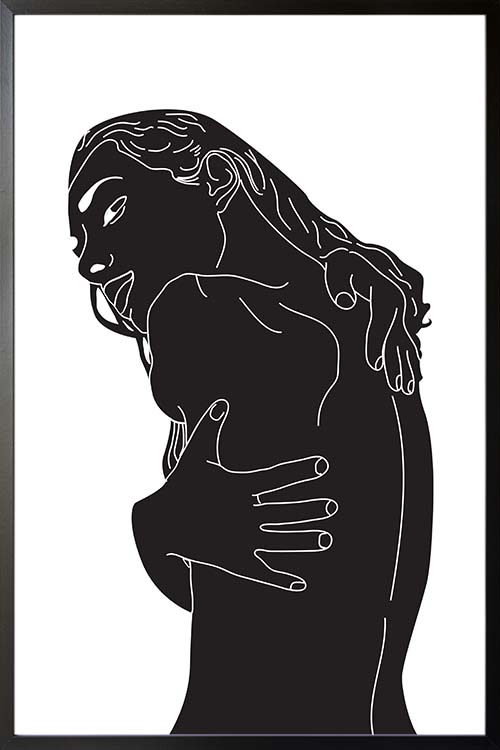
Unique and interesting image of a woman. Self hugging is a way of comforting oneself without relying on others. In black and white, the art can help create a minimalist or Scandinavian interior design style. The enlarged print when displayed in the living room can be a wonderful focal point that will catch the attention of the audience.
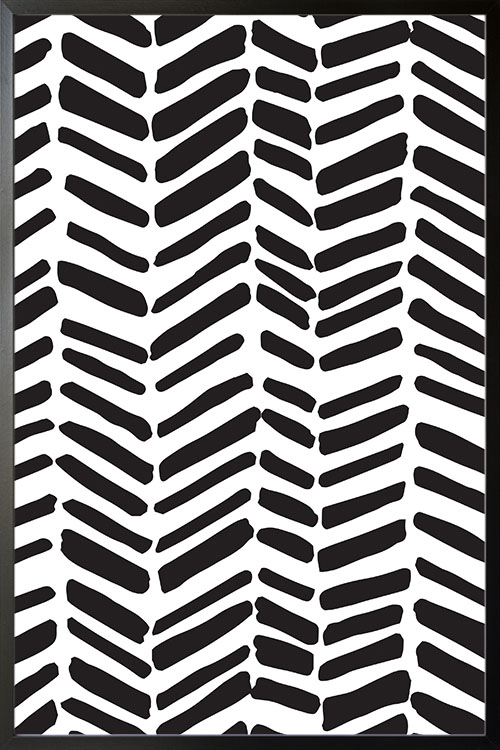
Black and White tire tracks for a refined interior appearance. A simple yet impressive version of tire tracks. The black prints and the white background are a perfect combination to create a minimalist appearance to your interior. The poster art also evokes a clean, sophisticated, and elegant look to your space. A poster art that will surely make your interior extraordinary.
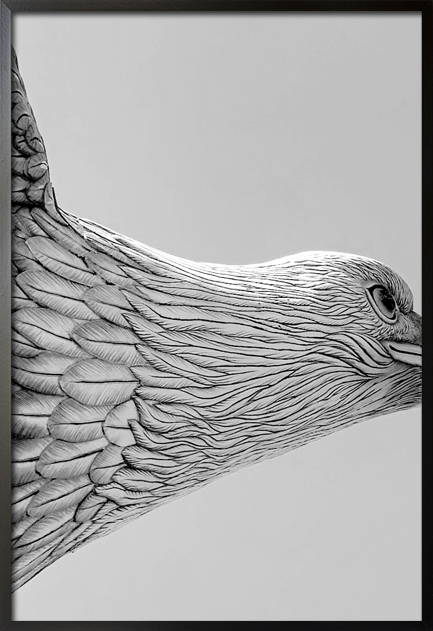
Birds of prey are considered to be the terrors of the skies. The display of the poster can create impressive wall art that will likewise represent who and what you are. These fantastic birds are known for their strength, courage, and endurance. With these traits, you will be able to personalize and customize your room. The black and white appearance can also help you achieve a minimalist or Scandinavian room interior design style.
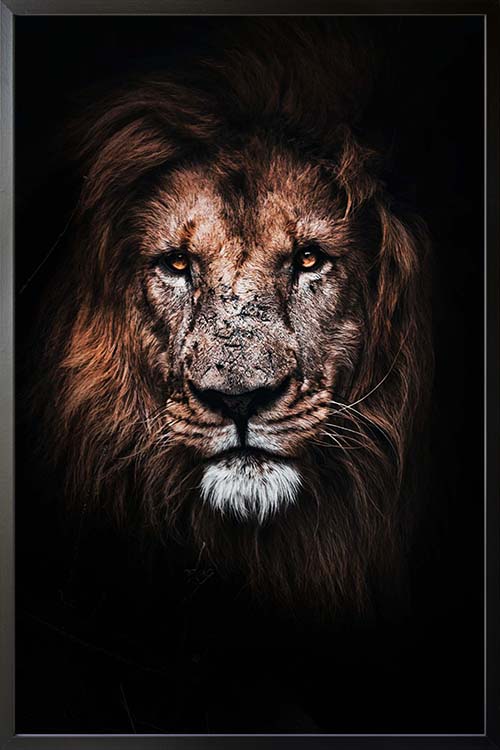
An animal that is referred to as “the King of the beasts,” the lion is a perfect poster design to add to your rooms. It symbolizes kingly power and might and may also reflect your personality. Created in black and white, this poster is perfect to combine with a minimalist or Scandinavian interior design style.
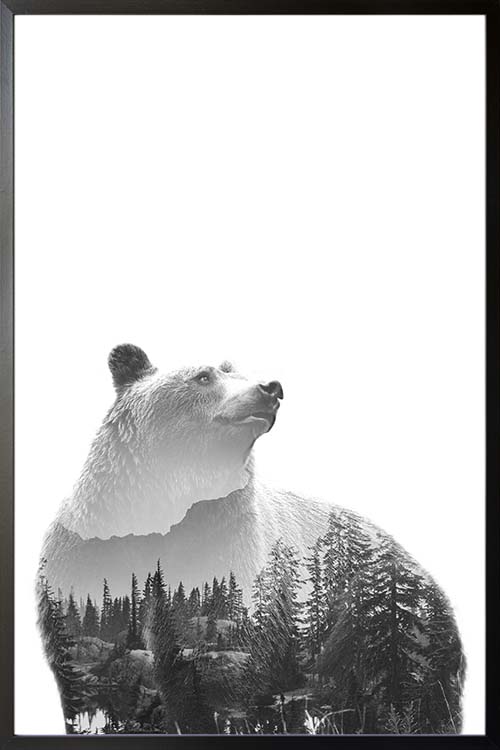
A perfect poster of an animal for your home. Bears represent strength, family, vitality, courage, and health. This art in black and white with a glimpse of the forest is a perfect pair for any interior design style that you have.. Especially with a minimalist style, the trendy art will become the highlight of your room.
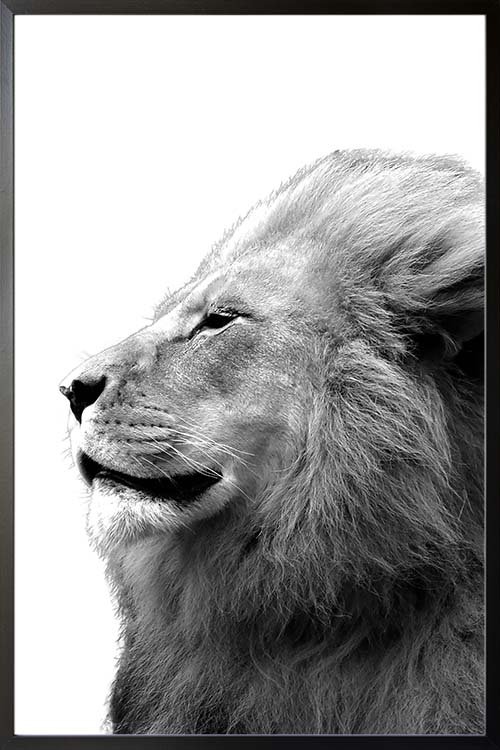
An animal that is referred to as “the King of the beasts,” the lion is a perfect poster design to add to your rooms. It symbolizes kingly power and might and may also reflect your personality. Created in black and white, this poster is perfect to combine with a minimalist or Scandinavian interior design style.

Cool and amazing poster print of shapes in abstract form. A trendy and affordable poster art that will make a difference to your interior. Simple and appealing abstract art of shapes can give a minimalist effect. This will create a room that is airy and comfortable, perfect for the whole family as well as in the office.
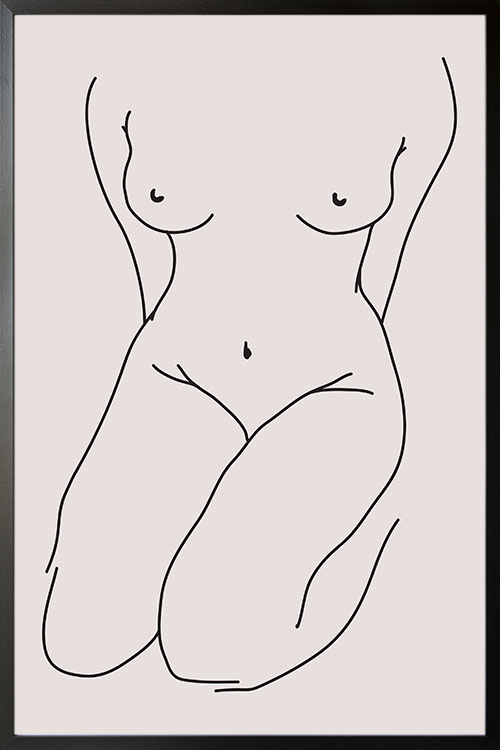
The female body in line art. Create an impressive wall art with a poster of the female body created in line art. This is a cool poster print that can give any room a minimalist appearance. A relaxing and calming view that will truly be enjoyed by your family and friends.
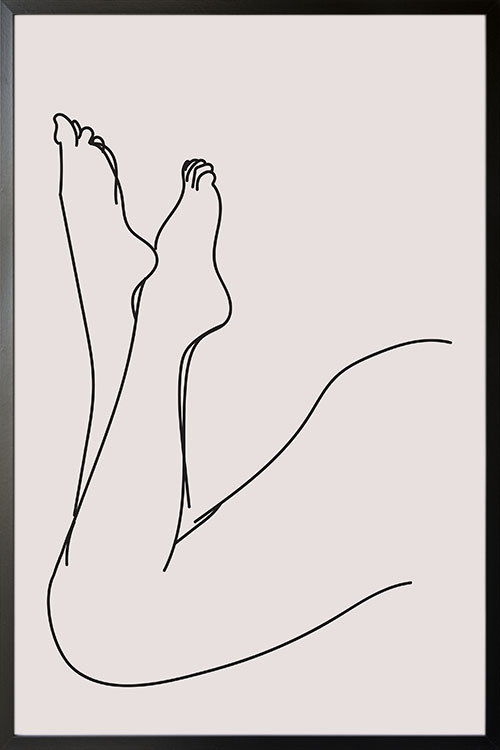
Minimalist poster art of the female legs in line art. Simple and entrancing poster art that features the female legs. It is created in line art that evokes a minimalist effect. This poster also gives an airy and comfortable feeling in the room. In black and white, this art can be a fantastic start up if you are planning to create a perfect wall gallery to your living room or bedroom.
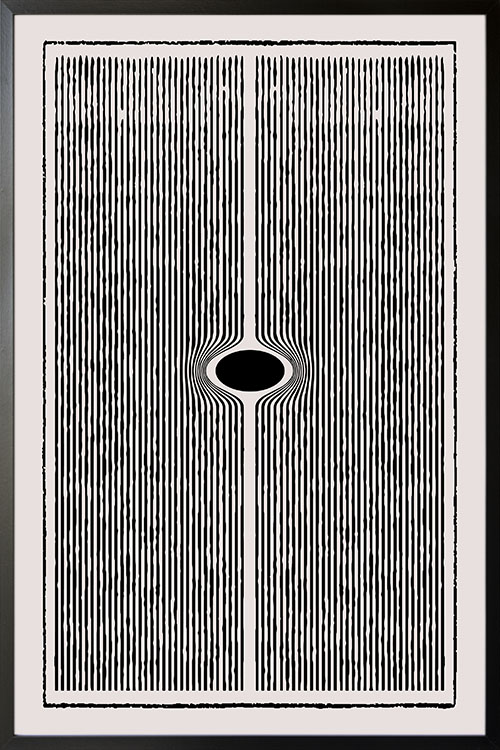
Simple yet striking poster art of lines and an oval in black and white. Give your interior a minimalist effect with a poster art of lines and shapes. This is s black and white poster art that can give any room a minimalist interior design style. A cool and awesome art that will create an attractive focal point in any room.














